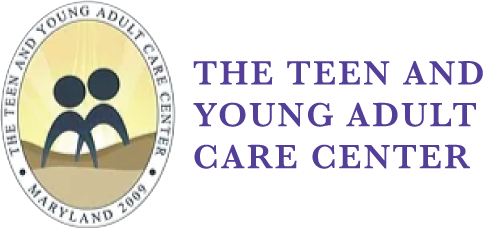Understanding Our Parenting Blueprint
Each of us brings our own story into our parenting. How we were parented, how we process stress, and how we respond to fear all shape the way we relate to our children.
In one of my favorite parenting books, Parenting from the Inside Out, Dr. Daniel Siegel explains that when we become parents, old patterns—sometimes ones we’re not even aware of—can resurface. If we were comforted when we were scared as children, we might instinctively do the same for our own kids. If our fears were dismissed or overlooked, we might swing the other way, rushing in to soothe every discomfort.
These instincts come from a loving place, but they’re not always aligned with what our children need, especially when it comes to anxiety. To parent in a way that empowers our children, we first need to reflect on our own experiences:
- What did fear look like in my childhood?
- How did the adults in my life respond to my worries or distress?
- How do I feel when my child is anxious? Am I calm, or does their anxiety elevate my own?
When we explore these questions, we begin to see how our own experiences and emotions shape our reactions.
The SPACE Program and the Power of Awareness
The SPACE program (Supportive Parenting for Anxious Childhood Emotions) developed by Dr. Eli Lebowitz, teaches us that parental accommodation—our instinct to solve, shield, or soothe—can inadvertently reinforce a child’s anxiety. This doesn’t happen because we don’t love our children. It happens because our love can sometimes lead us to act out of our own discomfort with their pain.
These two books are among my favorite parenting books. By combining Siegel’s focus on self-awareness with SPACE’s practical tools, we can shift from reacting out of instinct to responding with intention. This means:
- Recognizing when our child’s anxiety triggers our own fears or worries.
- Pausing to process those feelings instead of letting them drive our actions.
- Choosing responses that communicate love, confidence, and empowerment.
Building a Secure Foundation
Siegel emphasizes that children thrive when they feel securely connected to their caregivers. This connection doesn’t mean solving their problems for them. It means being present, attuned, and supportive as they navigate their emotions.
When we respond to anxiety with accommodation, we unintentionally send a message: You can’t handle this. You need me to make it better. Over time, this reinforces their fear and undermines their confidence.
But when we respond with calm, loving presence—without swooping in to solve—we send a different message: I know this is hard. But I also know you are strong, and you can handle it.
Reflecting on Boundaries
Part of this process involves setting healthy boundaries—not just for your child, but for yourself. In moments of anxiety, it’s easy to become enmeshed in their distress. Their fear becomes our fear. Learning techniques such as those presented in the SPACE program, helps us step back and hold space for their emotions while maintaining our own sense of calm.
This can look like:
- Acknowledging their anxiety without rushing to fix it: “I see that this is really hard for you right now.”
- Holding firm to boundaries, even when it’s uncomfortable: “I know it feels scary to sleep in your own bed tonight, but I believe you can do it.”
- Allowing them to experience discomfort, trusting in their ability to grow through it.
Rewriting the Parenting Narrative
As we explore our own stories and patterns, we can begin to rewrite them. This isn’t just about helping our children—it’s also about healing ourselves. When we learn to hold space for their emotions, we also learn to hold space for our own.
By breaking cycles of over-accommodation, we model resilience and self-regulation. Our children see that it’s okay to feel anxious or scared, and they learn how to face those feelings with greater courage and confidence.
A Practical Framework for Parents
To put these ideas into action, here’s how you can combine self-reflection with SPACE principles:
- Pause and Reflect: When your child is anxious, take a moment to notice your own reaction. What are you feeling? Are you calm, or are you swept up in their distress?
- Identify Accommodations: What actions are you taking to shield your child from their anxiety? Write them down, and begin to consider small, manageable steps to reduce these behaviors.
- Set Clear Boundaries: Communicate with love and firmness. Let your child know you’re there for them, but also confident in their ability to handle discomfort.
- Practice Self-Compassion: Parenting is HARD work. Be gentle with yourself as you navigate this process.
Parenting is a journey of growth—for us and for our children. When we take the time to understand our own stories and bring awareness to our responses, we create a foundation of connection and resilience.
Through this work, we don’t just help our children manage anxiety, we empower them to face life’s challenges with confidence and courage. And along the way, we deepen our own capacity for love, presence, and self-understanding.
If you would like to further explore how to manage your child’s anxiety through the framework of SPACE, feel free to make an appointment with Dr Kornfeld or Dr Sussmann who have been trained in this technique.




